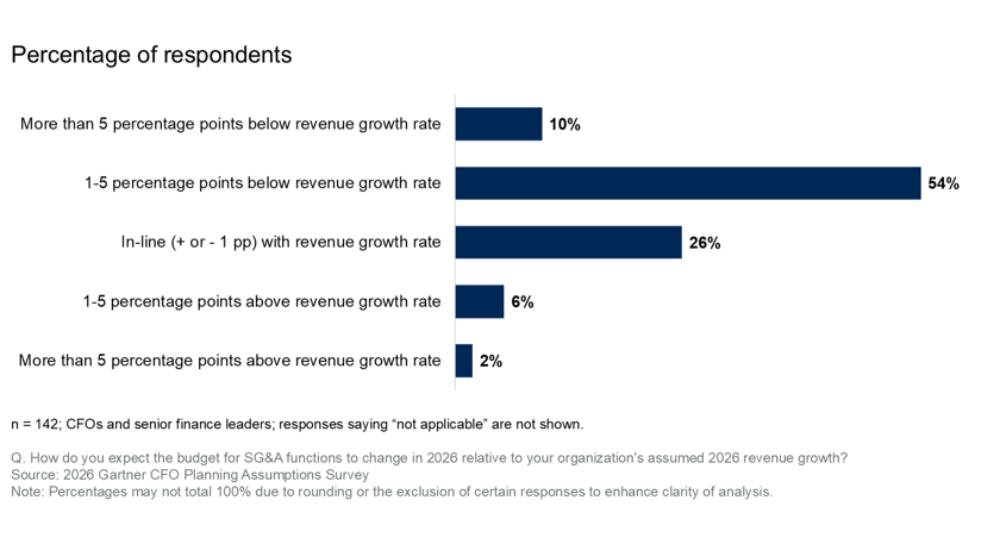Sustainability has been thrust into the spotlight following the recent COP26 event and in light of the UN’s 2030 Sustainable Development Goals which have pushed climate change to the top of the agenda. One way for businesses to incorporate this into their daily operations is through corporate travel policies as the high emissions and large volumes of passengers can have a disproportionate impact on the environment.
However, despite 69% of corporate travel decision makers in Europe, Middle East and Africa believing that their travel policy needs to improve when it comes to sustainability, it is clear many are grappling with a challenging business environment. For example, over a third (37%) cite a lack of budget as a key barrier to developing a more sustainable corporate travel programme and 41% claim they are struggling with a lack of employee engagement – something which businesses should not underestimate the power of. These are results from SAP Concur’s latest sustainability research.
To help HR and travel teams get employees on board, here are four ways they can address this lack of engagement and ensure organisations prepare for the future of business travel in a sustainable manner:
- Develop formalised education and training programmes for employees
With travel, education is vital in generating awareness around the alternative, greener options that are available for any given trip. Organisations can help by training employees on how to source these when planning their travels. This could be as simple as booking a train over a plane for short journeys.
Businesses should also work with professional solutions that can communicate a customised message on travel booking webpages, to influence and drive customer awareness of more sustainable options.
- Align internally on how to drive sustainability initiatives
Corporate travel was previously a key component of day-to-day business work. However, with the shift to remote work and increased use of Zoom and other online tools to connect, the need for corporate travel is increasingly scrutinised on the grounds of sustainability. Demand for transparency around activities – and accountability for the impacts thereof – means that business management requires 360-degree visibility over travel operations.
Now, the onus is on business leaders to provide their employees with more choice, and more sustainable options to influence their travel decisions. Communication from senior leadership, alongside HR and travel decisionmakers, should be the driver of sustainability and employee wellbeing initiatives within organisations.
- Listen to your travellers
As business travel begins to pick up again, getting the employee experience right is more nuanced and complicated than ever before because of constantly evolving traveller needs. It is therefore critical for organisations to understand how employees feel about the new world of travel and use that feedback to inform their sustainability-related initiatives.
Communication should be a two-way street within the organisation. HR and travel managers need to reach out to employees on a regular basis to further understand what motivates them to join sustainability efforts, which future initiatives they’d like their organisation to implement and where compromises might need to be made.
These insights can be gathered via employee surveys to create regular feedback loops or, in the case of larger organisations, consistent meetings between HR and representatives from other departments related to travel such as benefits, facilities, and safety and security to understand sentiment from across the business.
- Use tools and technology to help facilitate sustainability programmes
When it comes to business journeys, organisations must ensure employees are using tools which easily display comparison options to help them make the right decision. This includes using flight and train mixed search engines to compare options, highlighting hotels that support e-receipts, or encouraging choices through positive notifications and information when booking a fuel-efficient aircraft or sustainable hotel.
Employers can also use technology to monitor and adjust their approach to sustainable travel. With more workforces around the world returning to the ‘new normal,’ which may include a mix of office and home-based work, data will become a key component in business leaders’ everyday decision-making.
Whether employees are working from home or travelling to an office or business meeting, data derived from the reporting of these actions will provide businesses with greater visibility for improving sustainable movements. This can include initiatives such as encouraging more carbon footprint reports via analytics or SAP Concur partners like Thrust Carbon, as well as by leveraging apps such as TripIt to allow employees to have full visibility over their own carbon footprint.
Another initiative could be setting up a carbon budget for travel. Using analytical tools, which are increasingly built into travel platforms, allows employees to review how much carbon is released in a typical quarter and use that information to set lower, combined targets. Business leaders can also use this data to hold a team accountable for achieving the expected goal – just as teams are accountable for sales, revenue, recruiting, or other performance metrics.
Attracting, retaining, and developing the right talent is also now a key focus for businesses. And with the younger workforce looking for more flexible working lifestyles, with sustainable options, and tools to facilitate this, it’s time for companies to re-evaluate their policies and make changes towards a more sustainable future.




